
Gramsci Allegory (oil on canvas; 150cm x 100cm)
“The pessimism of the intellect, the optimism of the will.”
– Antonio Gramsci
Italian communist thinker, writer and activist Antonio Gramsci was imprisoned by the fascist state – whose prosecutor famously demanded that “we must stop this brain for working for twenty years” – but his ideas and ideals have survived him. One of the most important Marxist thinkers of the twentieth century, his theories have moved beyond the left and permeated much academic debate about neoliberalism, critical theory and cultural studies.
“…in particular Galeotti’s exhibition [on Gramsci] seemed to me to be very interesting, both for the spirit which inspired the artist, and also for his artistic achievement…”
— Renato Guttuso (1979)
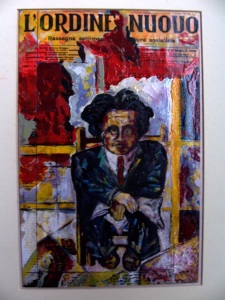 “…Hands are important in Galeotti’s art… the quick and willing servant of the mind… In the later work, dialectical process becomes less evident. The mind seems to emerge as the dominant theme in these works. Gramsci’s head loses all suggestion of vulnerable humanity and anguish and takes on a monumental, rock-like presence in which the eyes, image of and symbols for the mind, gaze out in serene, penetrating confidence… Mind, theory and spirit have triumphed over Matter, and in this, surely, lies a perennial hope and ancient despair.”
“…Hands are important in Galeotti’s art… the quick and willing servant of the mind… In the later work, dialectical process becomes less evident. The mind seems to emerge as the dominant theme in these works. Gramsci’s head loses all suggestion of vulnerable humanity and anguish and takes on a monumental, rock-like presence in which the eyes, image of and symbols for the mind, gaze out in serene, penetrating confidence… Mind, theory and spirit have triumphed over Matter, and in this, surely, lies a perennial hope and ancient despair.”
— Richard Walker (1985)
Excerpt from “Antonio Gramsci” by Hamish Henderson in Cencrastus No.28, Winter 87/88:
“ …the appalling paradox clearly enunciated by the painter Renzo Galeotti when he remarked (in a conversation with the present writer): ‘by shutting him up, and keeping him shut up, Mussolini saved him.’ (Mussolini l’ha salvato). Before his death, Benedetto Croce wrote, in a tribute to Gramsci, that he ranked with Giordano Bruno, with Machiavelli, with Vico – and, by implication, with Croce himself – as one of the greatest Italian thinkers. Certainly, nearly all major writers, artists and film-makers of post-Second World War Italy were to a greater or lesser extent influenced by his mighty presence in the recent past. To mention only a few: Pier Paolo Pasolini wrote Le Ceneri di Gramsci ( the Ashes of Gramsci); Elio Vittorini celebrated the Gramscian cultural heritage in the pages of Il Politecnico; Riccardo Bacchelli, writing Il Figlio di Stalin (The Son of Stalin), tackled the dreadful subject of totalitarian contempt for humanity, of which Gramsci was an outstanding victim; and Renzo Galeotti painted his extraordinary series of Gramsci studies – Omaggio a Gramsci (Homage to Gramsci: the life of a martyr for the working class represented in the manner of Sacred Art).”
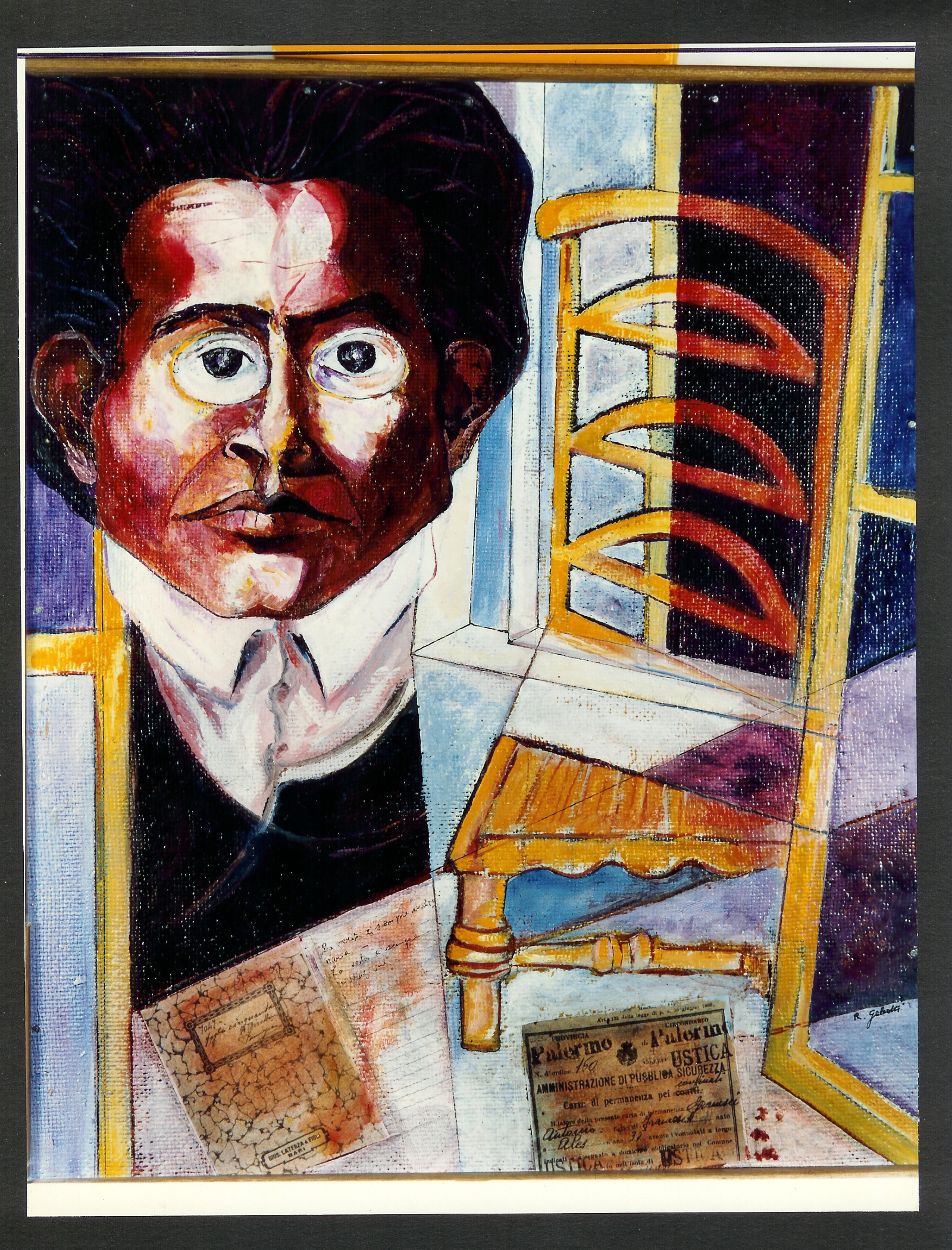
The Cell of Antonio Gramsci [oil on wood]
Renzo Galeotti’s series of works on the Italian thinker have been exhibited in a number of venues and events, and used in the media, as the backdrop to a major conference, as the cover of an issue of Marxism Today and also for the book Social Forces in the Making of the New Europe.
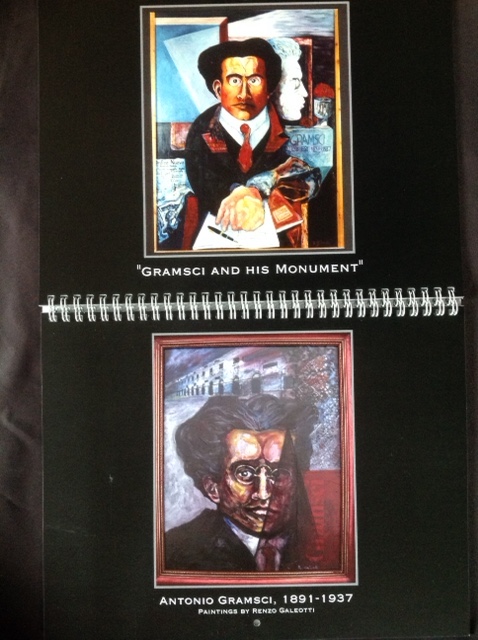
2017 Calendar: ‘Gramsci: Twelve Images’
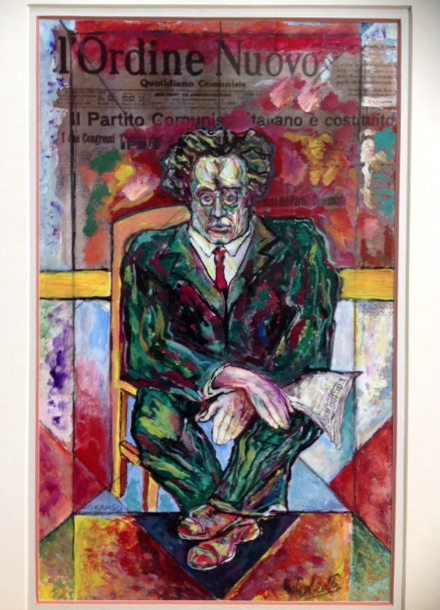
Gramsci: L’Ordine Nuovo, 1919 (Study: tempera on wood)
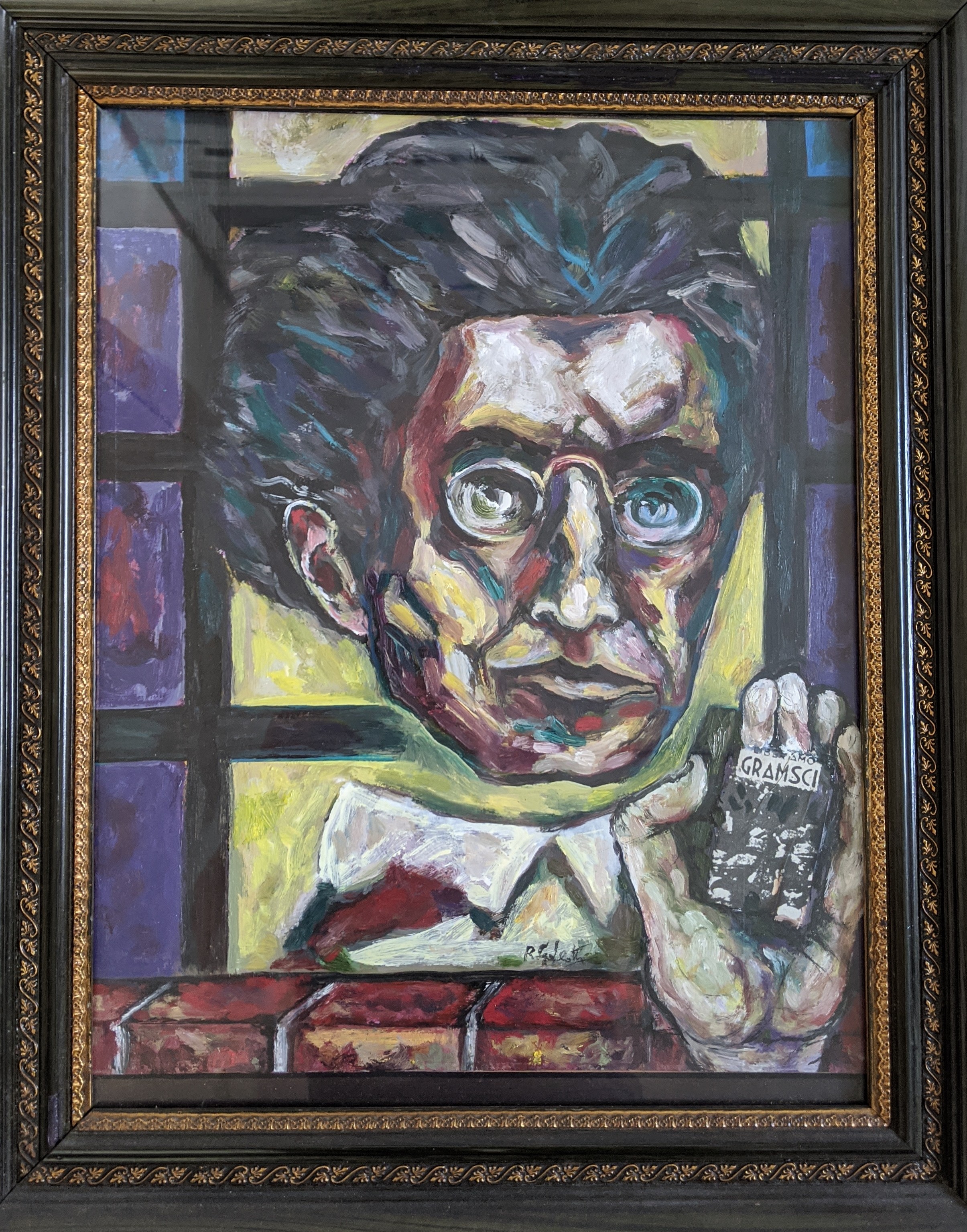
Gramsci: The Testimony (oil on wood; private collection, Sheffield)
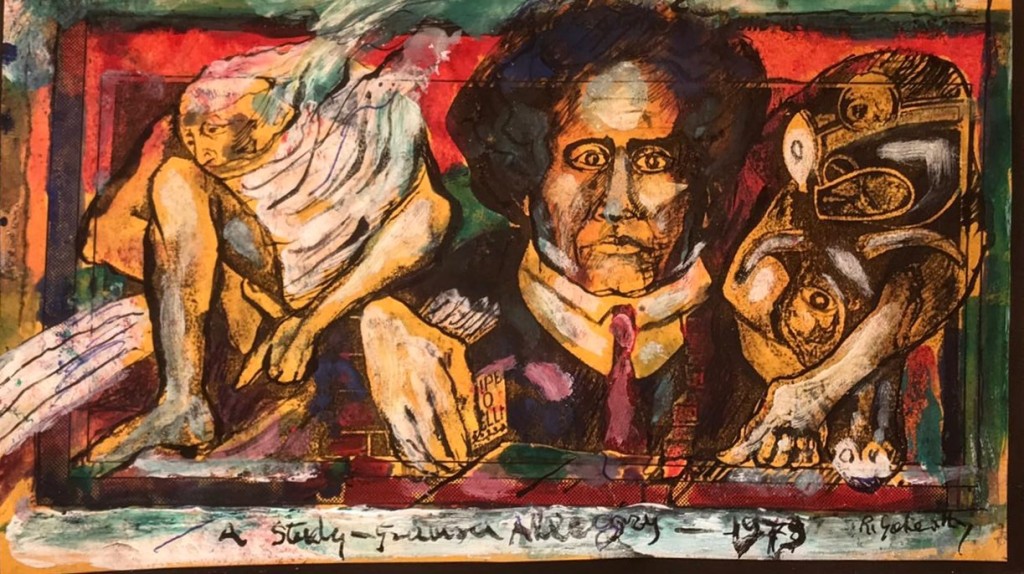
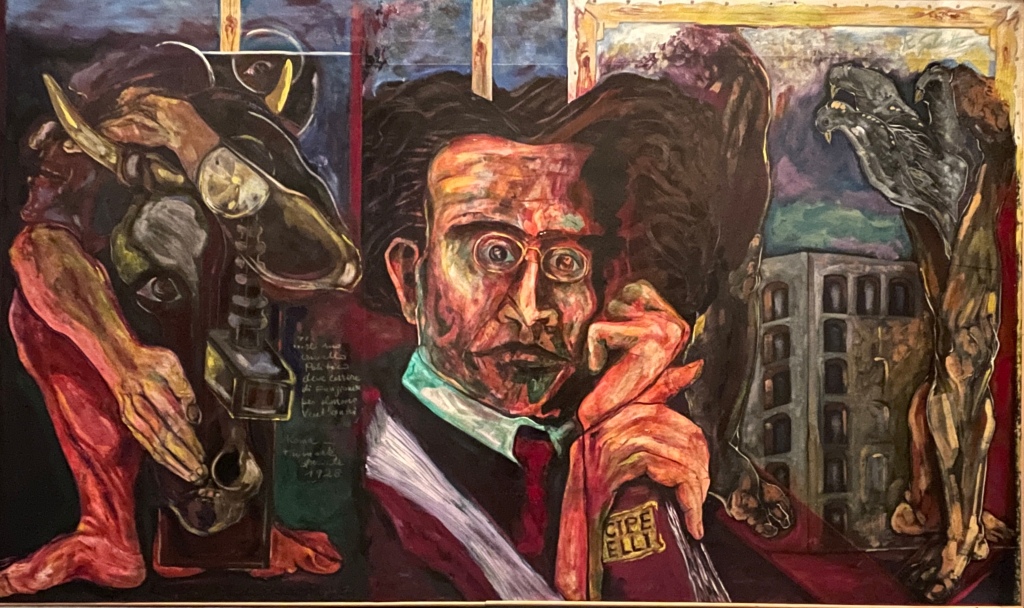
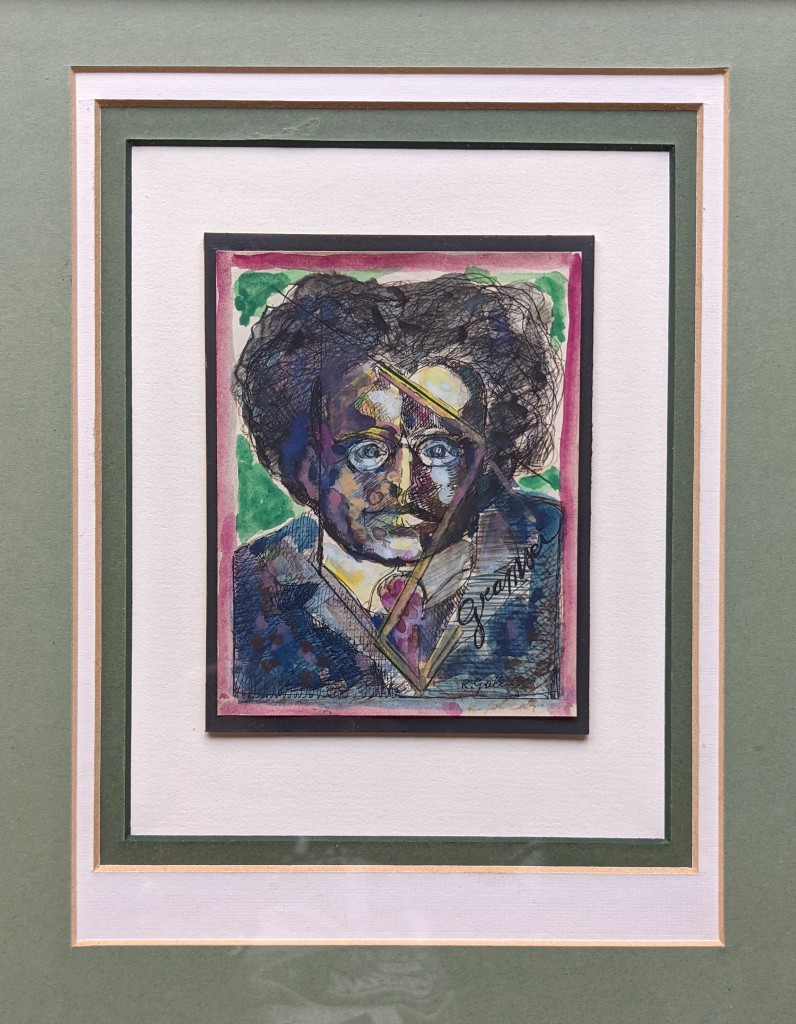
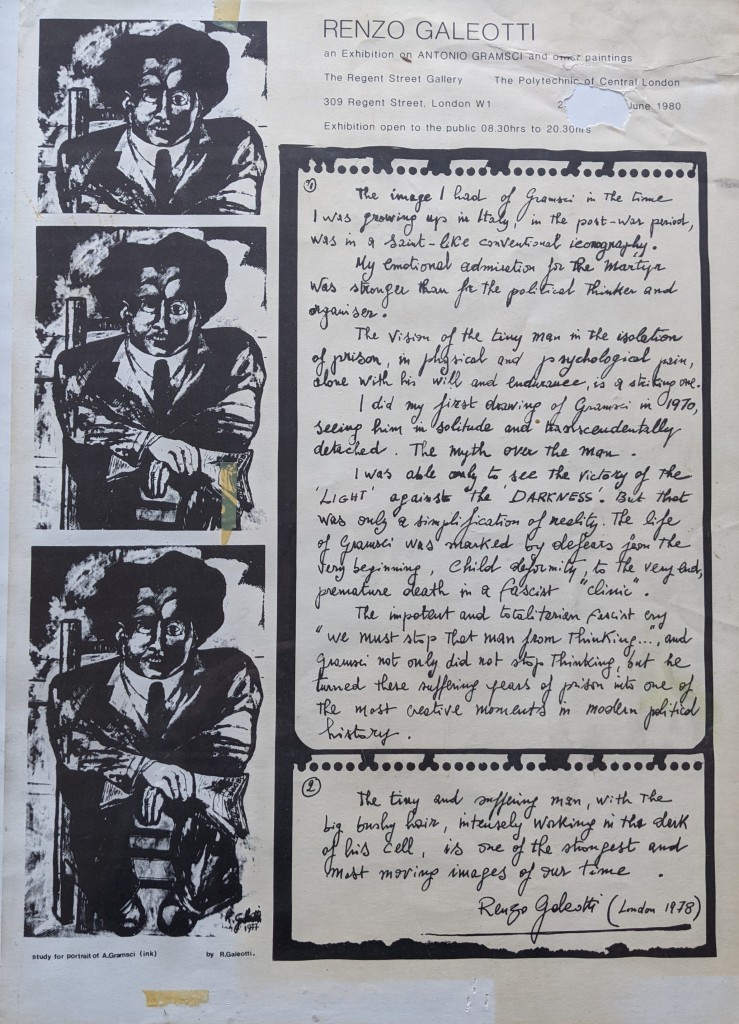





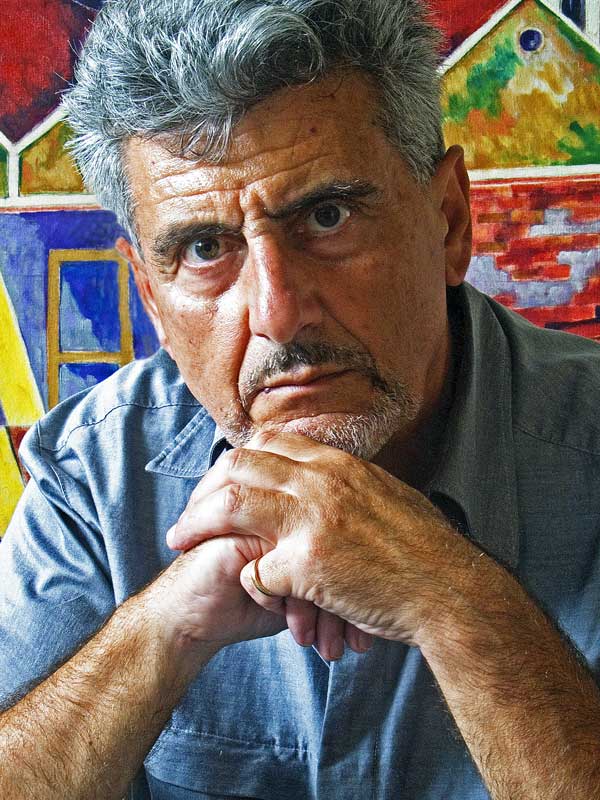
Pingback: Stále aktuálny vizionár Antonio Gramsci (štúdia) | Časopis - VZDOR